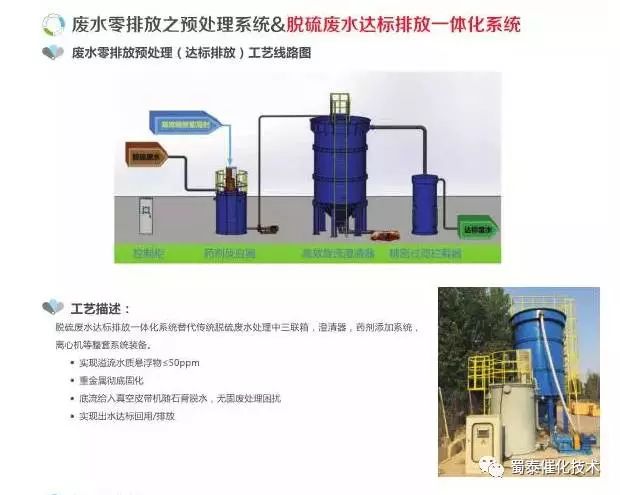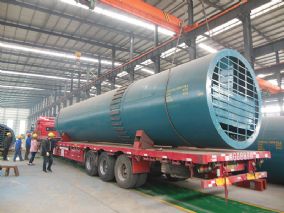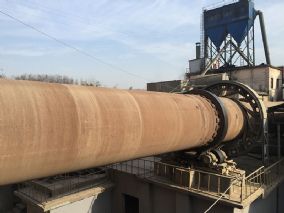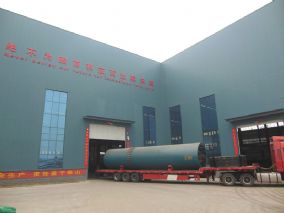Dioxins Catalytic Near Zero Emission Technology
date:2019-07-30 13:47:57 views:779

I. Brief introduction of dioxin formation
Dioxins are produced by incineration of organic matter in the presence of chlorine and metals. There are generally three ways:
Primitive Existence: Dioxins, which originally exist in garbage, remain unchanged in incineration or remain in filter residue or flue gas after incomplete decomposition.
The synthesis of precursors: the precursors (chlorophenol, chlorobenzene, chlorophenol) are formed mainly from chlorine-containing macromolecule benzene rings during incineration under incomplete combustion conditions, and then dioxins are formed.
Ab initio synthesis: PCDD/PCDF was synthesized from macromolecule carbon under the action of organic and inorganic chlorine through some catalytic substances in fly ash (such as Cu, Fe, etc.).
2. Method of removing dioxins
Dioxins can be removed by means of adsorption, separation, catalysis and high temperature decomposition to reduce environmental pollution.
3. Remedia Control Technology
Remedia: The combination of catalytic filtration and surface filtration has become a new technology to solve dioxin control in waste incineration and to meet the prescribed cost-effectiveness of dioxin and furan emissions.
Compared with the traditional method, it requires expensive activated carbon injection device and consumes activated carbon every day. Remedia process can remove dioxin and furan from bag filter by simply replacing modern filter bag with catalytic filter bag. Catalytic filter system is more environmentally friendly, safer and easier to operate. It is the simplest and most effective way to achieve dioxin regulation.
Compared with PAC, the potential effect of activated carbon on the pressure difference between the top and bottom of the ceiling can be reduced due to the absence of activated carbon.
The effectiveness and cost-effectiveness of the system have been tested by more than 30 application systems worldwide. The emission guarantee is 0.1 TEQng/Nm3.
The company introduced American Remedia technology, which can efficiently remove and decompose dioxins.
Surface filtration: removal of dust, heavy metals opinion solid dioxins;
Catalytic filtration: removal of dioxins;
Simple application: same filter bag installation;
High performance-price ratio: low resistance and long service life of filter bags.
Description of Catalytic Filtration System
Remedia Catalytic Filtration System integrates two technologies: Catalytic Filtration Technology and Surface Filtration Technology. The system consists of ePTFE film and catalytic substrate. The base cloth is a needle-punched structure. The fiber is composed of expanded PTFE composite catalyst. The coating is a catalytic felt material that can destroy PCDD/F in a low temperature (180 ~260 C) by catalytic reaction, that is, dioxins on the surface of the catalytic medium are decomposed into CO2, hydrogen peroxide and HCL. It is a composite technology of "surface filtration" technology and "substrate catalysis" technology. With the traditional activated carbon and its injection device, it can fully meet the European standards. It is suitable for dioxin control in dry acid removal process.
- prev:Zinc oxide rotary kiln
- NEXT:Rotary kiln






